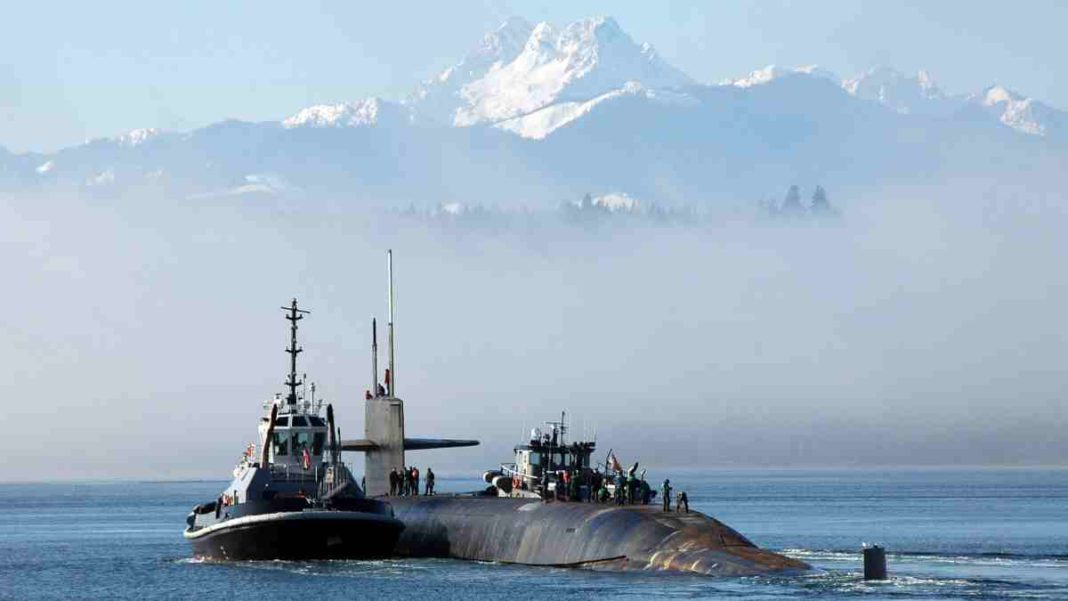CANADA: The Titanic submersible, which recently lost contact with its mother ship in the North Atlantic, has experts concerned that five passengers on board may run out of oxygen by Thursday morning, local time.
Captain Jamie Frederick, the response coordinator for the First Coast Guard District, has emphasized the importance of maintaining a positive and hopeful outlook during search and rescue operations. Progress is being made in the ongoing mission with the assistance of a global fleet of monitoring ships and planes.
An alarming sound resembling a hammering noise originating from the deep seas near the Titanic disaster site has sparked worries, potentially indicating the presence of the submersible. The US Coast Guard is currently leading an operation to rescue the stranded Titan, which is trapped at a depth of 12,500 feet (3,800 meters) near the wreckage.
Despite the absence of positive outcomes thus far, the submersible still possesses approximately 10 hours of oxygen.
Following the disappearance of the Titanic yacht, an international search and rescue operation was initiated 700 kilometers off the Canadian coast of Newfoundland.
The submarine was on a mission to explore the wreckage, which lies at a depth of 3,800 meters. When launched, the Titanic had a 96-hour oxygen supply, but this could be depleted as early as Thursday morning.
The Titan, equipped with text messaging and safety pings, automatically shuts down after half an hour underwater. It is believed that the ship’s systems, responsible for transmitting safety pings every 15 minutes, either lost power or suffered a breach in the hull, leading to a sudden implosion. According to experts, rescuers face significant challenges in their efforts.
Submersibles typically carry a drop weight that can be released in emergencies to help them float to the surface. However, it is possible that this weight was lost due to communication or power failure, potentially complicating the submersible’s ability to seek assistance.
The submersible’s outlook appears bleak due to a leak in its pressure hull. Divers and vehicles are unlikely to reach the extreme depth, and attaching to the submersible will prove challenging for rescuers. By Tuesday morning, the US Coast Guard had covered an area of 10,000 square miles in their search efforts.
The Canadian research icebreaker, Polar Prince, will continue surface searches with support from a Boeing P-8 Poseidon surveillance aircraft, while US Lockheed C-130 Hercules planes conduct overflights. The Canadian military has deployed sonar buoys to listen for any sounds related to the Titan.
OceanGate, an organization dedicated to conducting missions to the Titanic wreck site, includes marine biologists and archaeologists among its team members. Mission specialists, who contribute €230,000 each, operate sonar equipment and perform various tasks.
The Titan was manned by a pilot, four mission specialists, and a content expert. The wreck is situated 400 nautical miles off the Canadian coast.
The first dive by OceanGate occurred in 1912 when the Titanic struck an iceberg and sank, resulting in the survival of 706 out of 2,200 passengers. The wreckage was discovered in 1985, and since then, small submersibles have been used for transporting tourists.
OceanGate’s inaugural dive took place in 2021, and each subsequent mission has had a specific scientific objective, lasting eight hours.
Also Read: Rescue Efforts Underway as Contact Lost with Titanic Submarine during Dive



